Natural Hydrogen Geological Formations
The energy transition proposed by the European Union, which aims to achieve zero emissions by 2050, is based on the renewable electrification of all possible sectors. For those industries in which the use of electricity is not sufficient, such as aviation or heavy industry, it is proposed to use renewable hydrogen, which is produced by electrolysis technology.
The primary method to produce renewable hydrogen is electrolysis powered by renewable electricity. Alternative options may involve biogas reforming or the use of solar concentrators through thermochemical processes. To separate the hydrogen from the water molecule, there are also emission-free alternatives, such as electrolysis powered by electricity produced in nuclear power plants, although they lack the renewable feature.
Natural hydrogen is generated without human intervention. According to some researchers, natural hydrogen can be of both abiotic and biotic origin, in the first case including the generation of hydrogen through water-rock reactions and the radiolysis of water. Other researchers believe that natural hydrogen has a mixture of origins. This range of explanations for hydrogen’s natural origin suggests that researchers have not fully understood the nature and behaviour of hydrogen in the crust.
Natural hydrogen was first identified in 1888, when a publication identified hydrogen samples in the gas composition from cracks in a coal mine in Ukraine. However, little attention was drawn to this hydrogen until the discovery of a natural hydrogen deposit in the village of Bourakébougou, Mali, in 2012. This deposit, which has a very pure hydrogen (around 98% hydrogen volume), brought back the interest in natural hydrogen, boosting the search for similar deposits around the world and considering investments for the future development of technologies for its possible extraction and treatment. As a result of this rising interest, a paper was published in 2020 in which a total of 331 analyses of natural hydrogen samples (excluding Australia) were reviewed. This study identified that hydrogen is widely distributed around the world, with concentrations ranging from 1% to 100%.
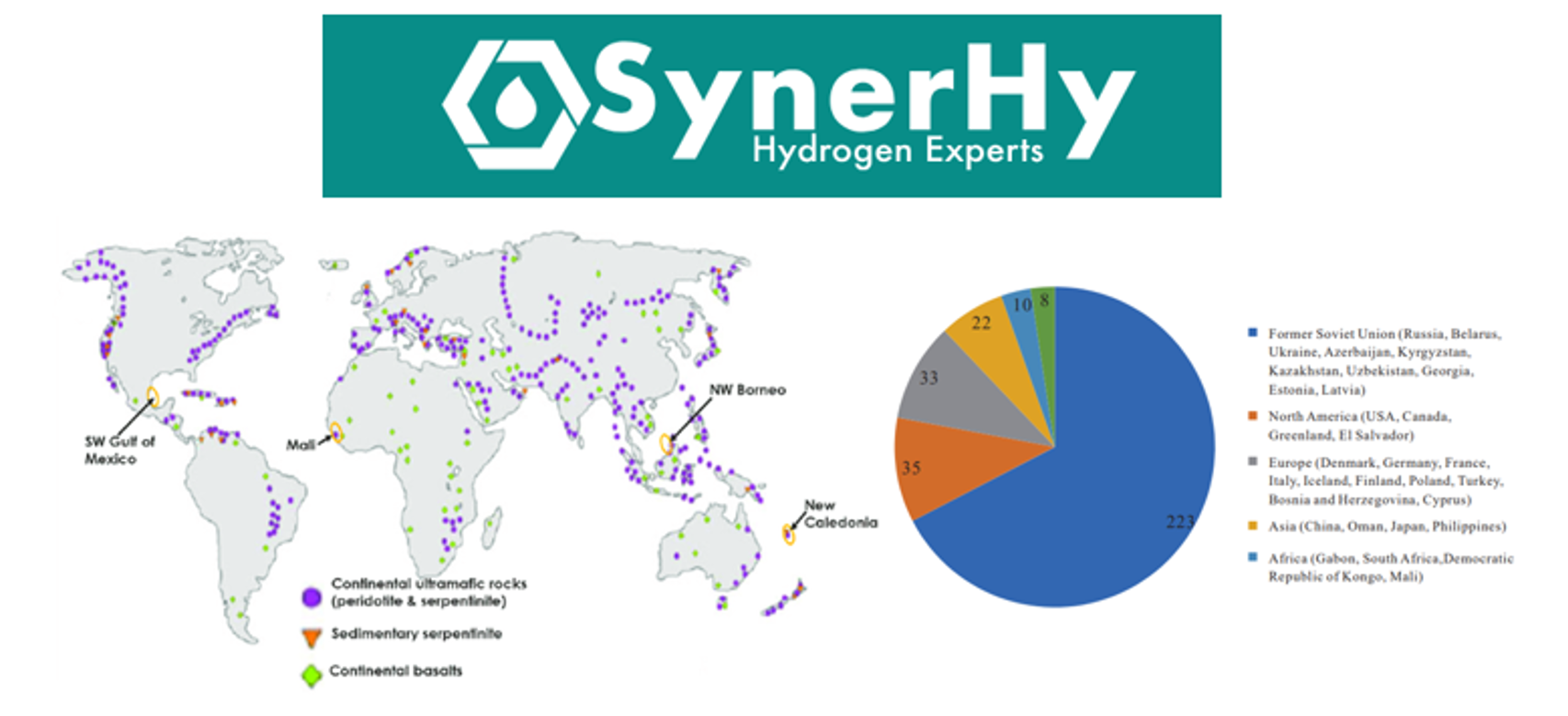
Figure 1. Distribution of Ultramafic Rocks and Deposits in the World
These discoveries, together with the interest in decarbonising society and reducing dependence on fossil fuels, have generated a series of questions about natural hydrogen to which the scientific community is trying to provide answers. Some of the most relevant questions are: Is this hydrogen renewable? How is it produced naturally? What is its rate of production? How is it produced? What is its rate of production?
Geological formation of Hydrogen
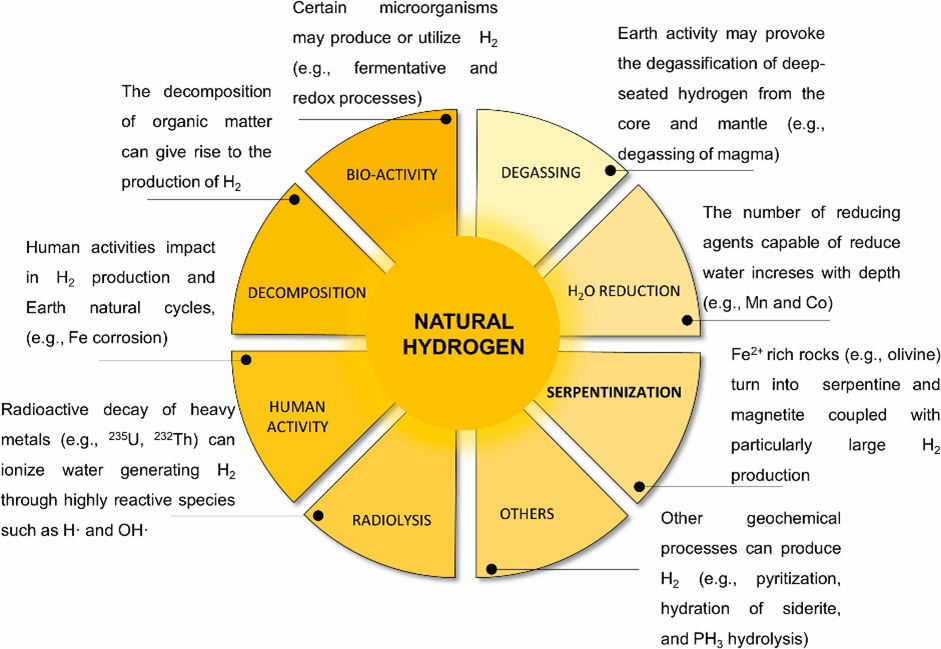
Figure 2. Types of natural hydrogen-forming processes
As previously mentioned, there are different types of natural hydrogen formation:
- Biological processes: they are carried out by living organisms, such as the decomposition of organic matter and fermentation processes.
- Abiotic processes: these do not involve living organisms, such as radiolysis and the direct reduction of H2O.
Among the different types of natural hydrogen generation, there are two main ones that are considered by experts in reservoir formation as they are considered to have a higher production rate than the others. These are:
Radiolysis: the various radioactive elements in the earth’s crust, such as uranium (U-235) and thorium, disintegrate by emitting alpha particles (doubly ionised helium nuclei). These particles, among many other forms of radiation, can break hydrogen bonds of nearby groundwater, thus generating hydrogen.
Serpentinisation: in this process hydrogen is obtained through two reactions in the presence of water suffered by minerals with a high content of ferromagnesian elements, such as olivine and pyroxene (silicates with a high iron and magnesium content).
In this first reaction, the aforementioned minerals in the presence of water and specific environmental conditions (≥500 bar and between 200-300ºC), usually occur at depths of about 10 km, producing new minerals such as serpentine and brucite.

Figure 3. Olivine hydration reactions and oxidation of iron hydroxide.
Serpentine can only incorporate small amounts of ferrous iron, so much of it is oxidised by water and magnetite is formed, releasing hydrogen in the process.
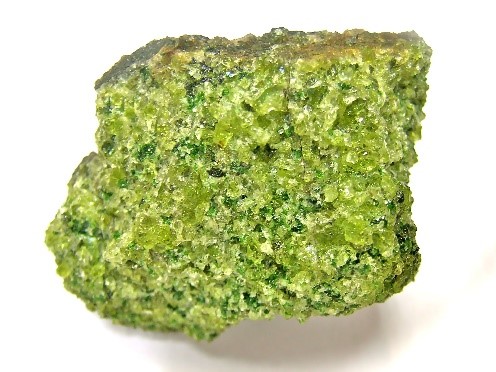
Figure 4. Olivine Ore

Figure 5. Serpentine Ore
Hydrogen production by this method depends on three variable factors such as temperature, pressure, and the ratio of water to rock material.
Discrepancies arise in the amount of hydrogen generated naturally by the different processes explained above. The most optimistic studies estimate that there are about 1012 Mt of peridotite (a rock with a high olivine and pyroxene component) in the Earth’s upper crust. This rock can produce between 2-4 kg of hydrogen per cubic meter of rock after oxidation, which would mean a total of 1,000 Mt of hydrogen generated by the previously mentioned oxidation process. In contrast, more pessimistic studies estimate that only 50% of peridotites are found in environments where serpentinisation is possible, which would produce about 260 Mt of hydrogen, far exceeding the current annual global demand for hydrogen, estimated at 94 Mt.
It is noteworthy that this is a continuous process, since minerals with a high content of ferromagnesian elements (olivine and pyroxene), which are consumed in the serpentinisation reaction, are regenerated annually in the form of peridotite at an estimated rate of 1000 Mt per year through igneous formation processes, associated with magmas, which have a continuous movement thanks to magma currents within the inner part of the Earth.
Hydrogen Deposits
Over the years, the location of these deposits has been overlooked for several reasons. Most notably, during exploration campaigns for fossil fuel and mineral deposits, these were carried out using chromatography technology, which used hydrogen as a carrier gas, thereby preventing their detection.
Since the discovery of the deposit in Mali, the search for similar deposits begins. Through the first studies about the possible processes of generation of this hydrogen, it was concluded that the areas where deposits can be found are mainly in subduction areas (areas where an oceanic plate slides under a continental plate), such as the Pacific Ring of Fire, which has a constant supply of water and ferromagnesian elements, for the subsequent formation of olivine and pyroxene minerals, which are the main constituents of peridotite, the raw material for serpentinisation reactions.
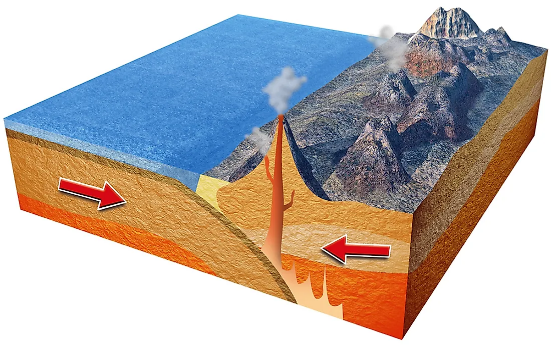
Figure 6. Schematic diagram of subduction of an oceanic crust beneath a continental crust
The areas associated with these types of deposits are those with little potential for the formation of fossil fuel deposits, since the hydrogen that might be produced in these formations would react with the various organic compounds.
Other areas where natural hydrogen deposits can occur include continental rifts (early stages of the separation of continental plates), volcanoes and hot springs.
It is well known that there are problems associated with hydrogen storage, mainly because of the tiny size of the hydrogen molecule, the high pressures associated with storage reservoirs, and the reactivity of hydrogen with most common elements. These reasons have led to skepticism about the existence of geological formations capable of concentrating hydrogen naturally, since, given the properties of the molecule, it should migrate to higher levels of the earth’s surface until it reaches the atmosphere, where it would end up mixing with the different gases in the air, as well as reacting with all types of ions that it encounters on its migratory path to the surface.
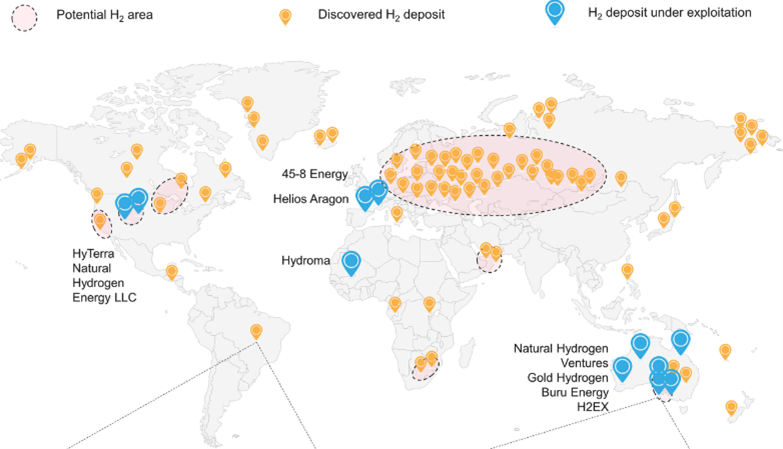
Figure 7. Distribution of discovered and exploited deposits
Despite the lack of more extensive studies, it is believed that the geological formations capable of concentrating this naturally formed hydrogen are those with a sufficiently low level of permeation so that the production of hydrogen is greater than its diffusion through the rock, leading to its accumulation.
Another characteristic that rock formations must possess is a very stable chemical structure, to prevent hydrogen from reacting with the different ions within the formations and therefore not being stored. Some rock bodies that exhibit this set of characteristics are coal formations, ophiolite (ultramafic rock) and salt rocks, such as halite.
Hydrogen Treatment
As in fossil natural gas fields, the final product in hydrogen fields will have to be treated for impurities that may be present, including various gases such as nitrogen, methane and carbon dioxide, as well as the presence of moisture.
The quality of the water, in other words the amount of dissolved mineral salts contained, will have a significant influence on the final purity of hydrogen, which will have a significant impact on the different treatment processes to be carried out during the extraction stage.
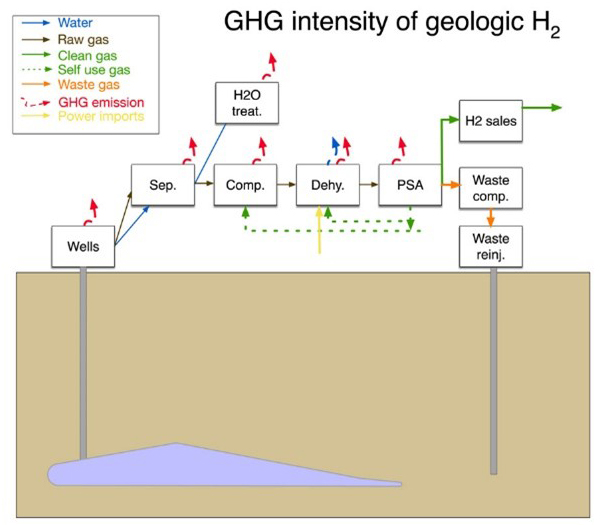
Figure 8. Block diagram of the necessary treatments for a natural hydrogen reservoir
According to some recent studies, for the first series of treatments that natural hydrogen will need, the following technologies should be mainly implemented:
- Membrane separator: by forcing the flow of the gaseous mixture obtained from the reservoir through a series of porous membranes, by using physical separation, a first differentiation of the compounds is obtained.
- Dryer: by using refrigeration dryers, the remaining moisture in the gaseous flow will be condensed, thus achieving the elimination of water in the stream. Another possible technology that could be considered is adsorption dryers.
- PSA (Pressure Swing Adsorption): the gas flow is passed through a zeolite sieve (a porous material that allows substances to be adsorbed and catalysed), obtaining a final stream with a high percentage of hydrogen.
Potential of natural hydrogen. Bourakébougou, Mali: Is it replicable in the rest of the world?
As mentioned above, the Mali field was the first to be discovered and opened the door towards searching for fields in different parts of the world. This reservoir has supplied an uninterrupted flow rate of about 1500 Nm3/day of hydrogen, with no noticeable pressure drop in the reservoir, suggesting a higher rate of regeneration than consumption, and/or a reservoir size much larger than the rate at which hydrogen is consumed. Although these results are promising, it should be pointed out that the hydrogen flow rate supplied by this reservoir is equivalent to about 200 kW. The flow is supplied to a generator in which the hydrogen is burned to produce electricity. Considering the efficiency of this equipment, which is well below 50%, the electrical power supplied by this system does not reach 100 kW.
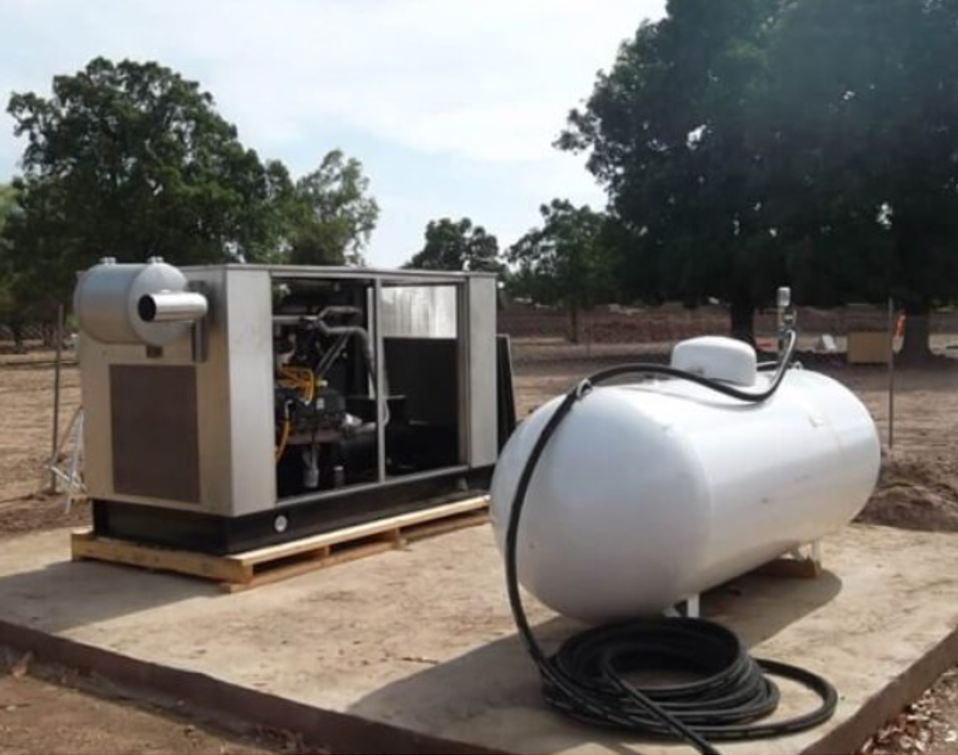
Figure 9. Electric generator powered by natural hydrogen. Bourakébougou, Mali
Given its geology and the hydrogen detected in oil & gas fields, Australia is a candidate for large quantities of natural hydrogen and is conducting a lot of exploration to identify potential natural hydrogen deposits. In particular, South Australia is leading the national initiative to enable natural hydrogen exploration. For example, legislative frameworks for licensing, regulation and investment are already in place, enabling natural hydrogen exploration from February 2021. Furthermore, online records from the ministry of energy and mines revealed significant hydrogen contents in analyses of gas samples taken from three historical boreholes:
- 1915 – Robe 1 (25.4% hydrogen).
- 1921 – American Beach Oil 1 (64.4-80 % hydrogen).
- 1931 – Ramsay Oil Bore 1 (51.3-68.6 % hydrogen).
This area of Australia has suitable geological conditions for abiotic production of natural hydrogen. For example, explorations in the salt lakes of the Yorke Peninsula have shown promising results.
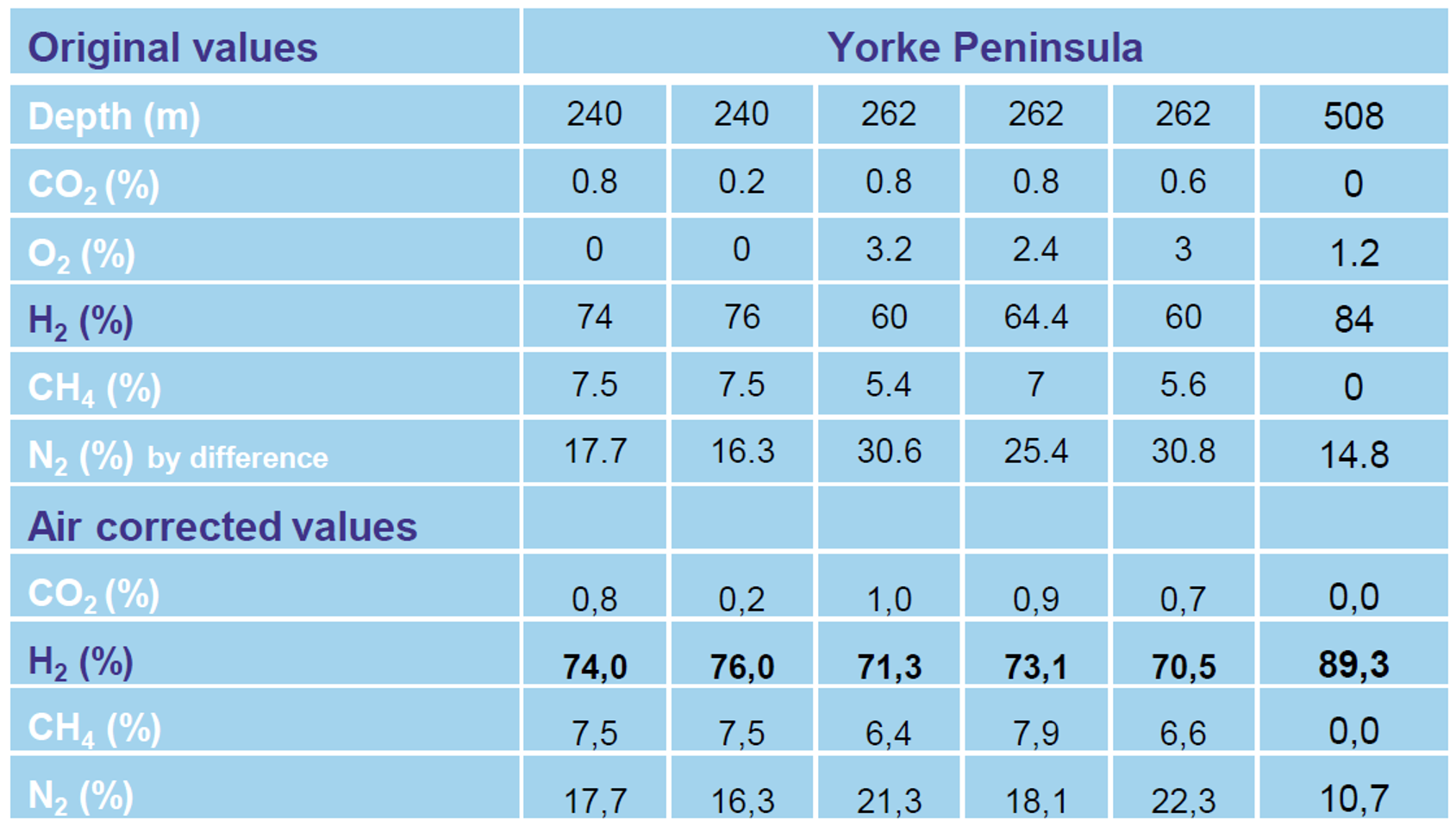
Figure 10. Yorke Peninsula deposit composition table. Australia
In the USA, hydrogen with approximately 50% content was discovered during oil exploration (Goebel ED et al., 1983). In 2013, the company specialised in hydrogen exploration, Natural Hydrogen Energy LLC, discovered large hydrogen deposits with an estimated production of up to several tons per day in many locations in the USA in 2015. The first natural hydrogen well was drilled in Kansas at the end of 2019. This well, wich was drilled through about 424 m of sedimentary strata and about 90 m of underlying basement, delivered hydrogen of up to 91% purity.
About 562 hydrogen-leaking surface depressions have been identified in Russia. These depressions vary in diameter from 100 m to several kilometres. The core of these depressions is often a wetland, swamp or lake. According to an estimate of the near-surface soil gas composition, an amount of approximately 24000 m3/day of hydrogen leaks from these depressions to the surface.
In Spain, Ascent Funds Management LLC has signed an agreement with Helios Aragon to identify natural hydrogen deposits in Aragon over an area of 89,000 hm2. It was originally dedicated to hydrocarbon exploration. In one of these wells, significant quantities of hydrogen were found at a depth of 3680m.
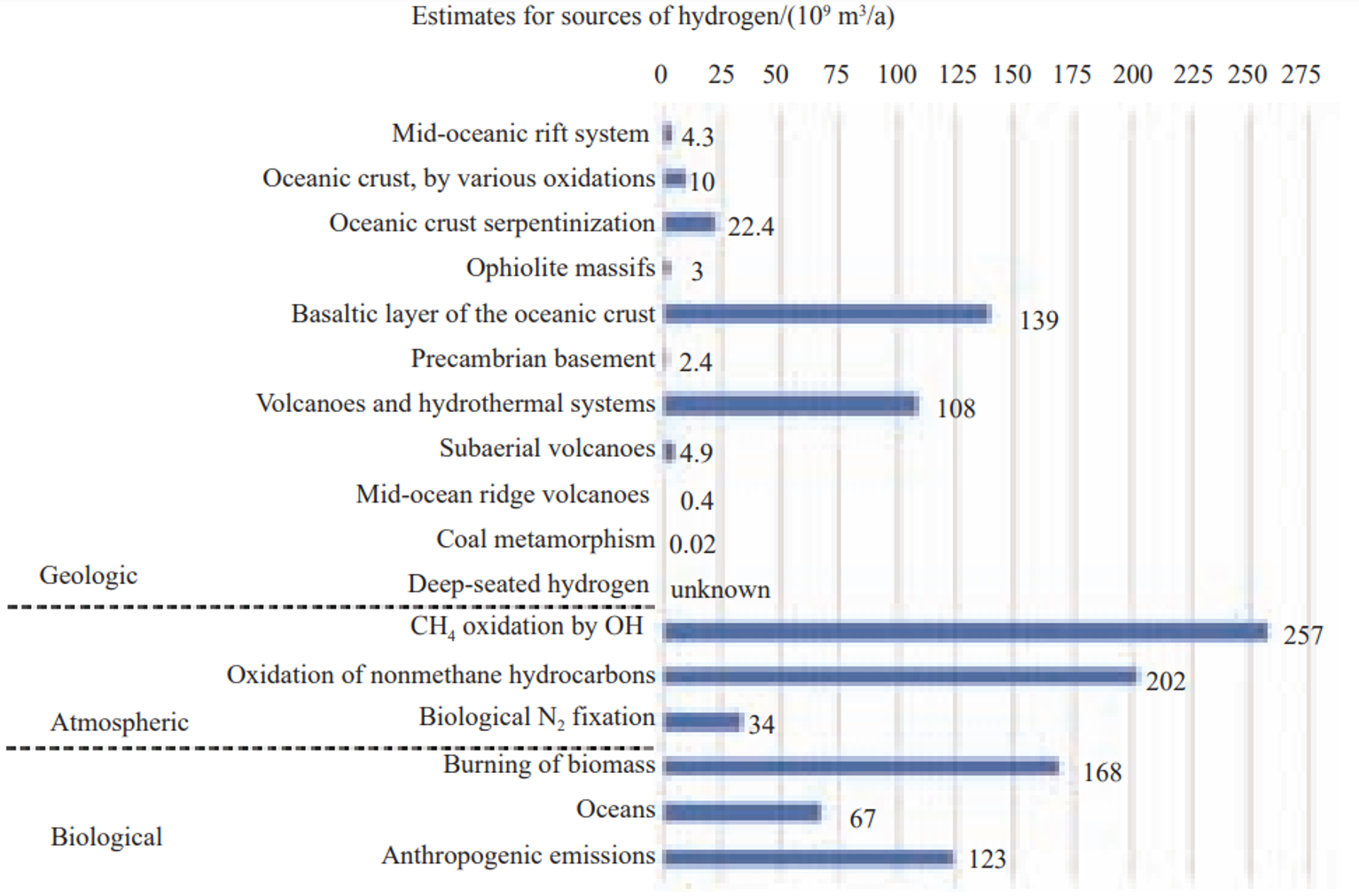
Figure 11. Production quantity table of different hydrogen sources
Conclusions
Unlike fossil deposits, such as natural gas, which has a formation rate of millions of years, many studies estimate that the production rate of natural hydrogen is quite high, having a time magnitude similar to human time, so it could be considered renewable.
The presence of abundant natural hydrogen, even if it is non-renewable, could be key to achieving decarbonisation goals. Hydrogen is currently expected to be one of the main alternatives for decarbonisation. However, it depends on massive deployment of electrolysers and renewable energy production to meet expected levels of demand. This is proving challenging, as the supply chain for these technologies is not ready for such urgent demand. Moreover, because the current energy mix has a large carbon footprint, the manufacture of these technologies is not without a non-negligible level of emissions. Hence, the existence of abundant natural hydrogen could serve as a transitional solution to meet the demand for emission-free hydrogen, allowing immediate achievement of decarbonisation targets and giving electrolysis technology time to reach sufficient industrial and commercial maturity to be able to meet the necessary demand efficiently and with a reliable supply chain and low environmental impact.
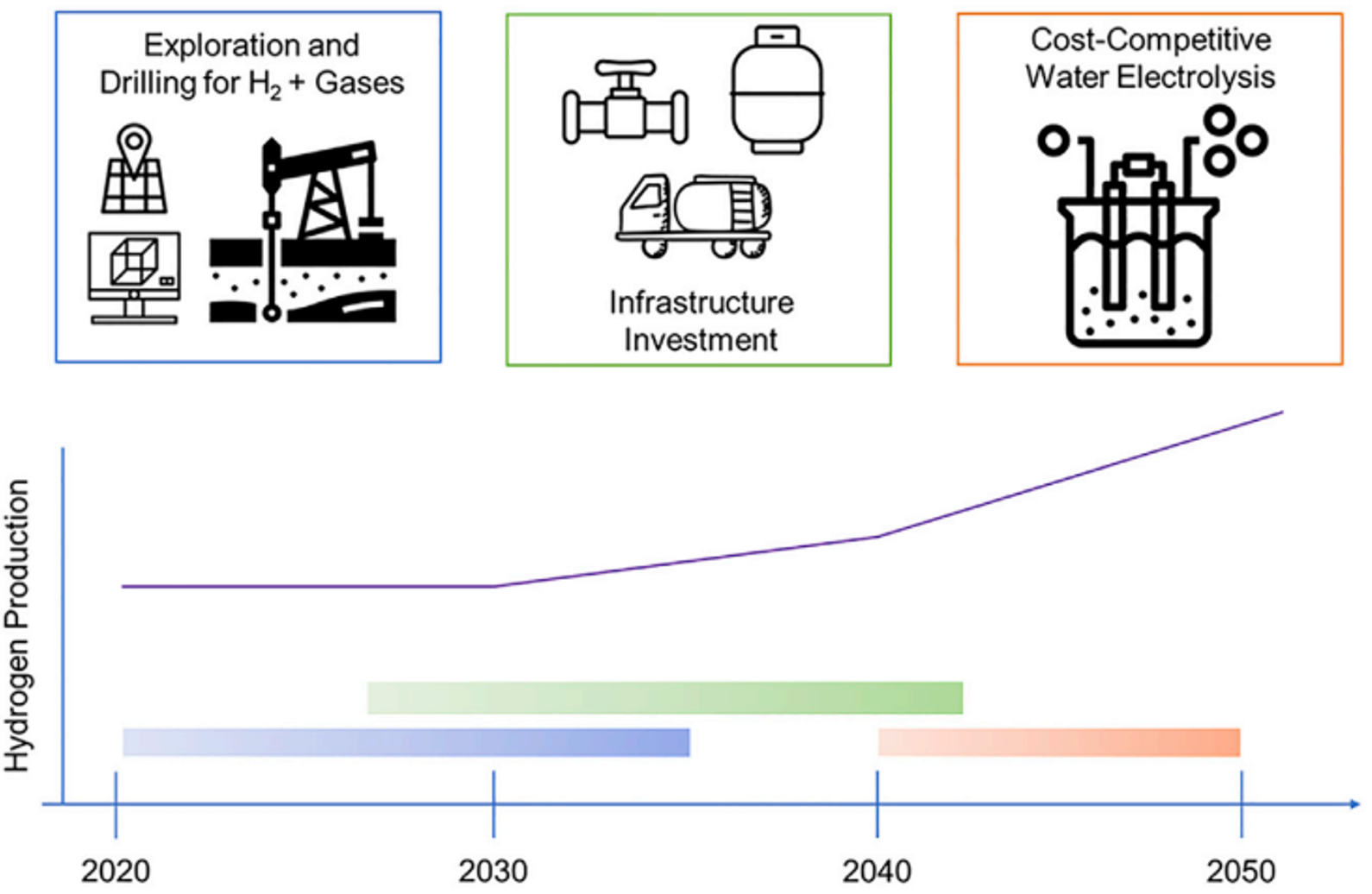
Figure 12. Hypothetical use of natural hydrogen as an aid to decarbonisation
For this reason, numerous explorations have being carried out in recent years to try to identify deposits of this hydrogen, with promising results in terms of their number. However, most of the discovered deposits do not have the peculiarity shown by the one discovered in Mali, since on average they have a much lower percentage of hydrogen, usually varying between 15-60% hydrogen. Therefore, in order to obtain usable hydrogen from these deposits, a drying and purification treatment would have to be carried out, which would mean an increase in costs and the possibility of not being profitable.
Furthermore, the quantities extracted are not significant compared to the per capita energy demand of the world’s population.
It is also very important to implement legislation to regulate the extraction of hydrogen in the deposits, as well as the creation of regulations covering the entire value chain of this natural hydrogen. In addition, an early categorisation of hydrogen, based on scientific criteria, is of vital importance for its future commercialisation.
If it is categorised as renewable or low-emission hydrogen, this hydrogen could represent a major injection into the hydrogen supply, generating a reduction in prices. At the same time, it would encourage investment in technologies associated with the hydrogen value chain, boosting the development of technologies with a low level of maturity, due to the presence of more competitive hydrogen prices. This would lead to a greater evolution of the market and of various technologies, and the objectives set by the European Union could even be met in advance, as a more competitive market would be found ahead of the horizons envisaged by the EU.
Another potential benefit that can be associated with the study of this type of recently discovered deposits is the characterisation of the rock materials that can prevent hydrogen permeation through them, as they can be of great use for the construction of future hydrogen storage tanks, which can improve the characteristics of current technologies.
At the same time, these geological formations capable of allowing the concentration of natural hydrogen could be used as geological hydrogen storage, especially in those reservoirs where the hydrogen production rate is lower, and hydrogen injection could be considered without causing problems to the geological formation, although the loss of purity of the stored hydrogen would have to be analysed in detail.
REFERENCES